Does It Snow in Kyoto? Top Winter Attractions to Visit

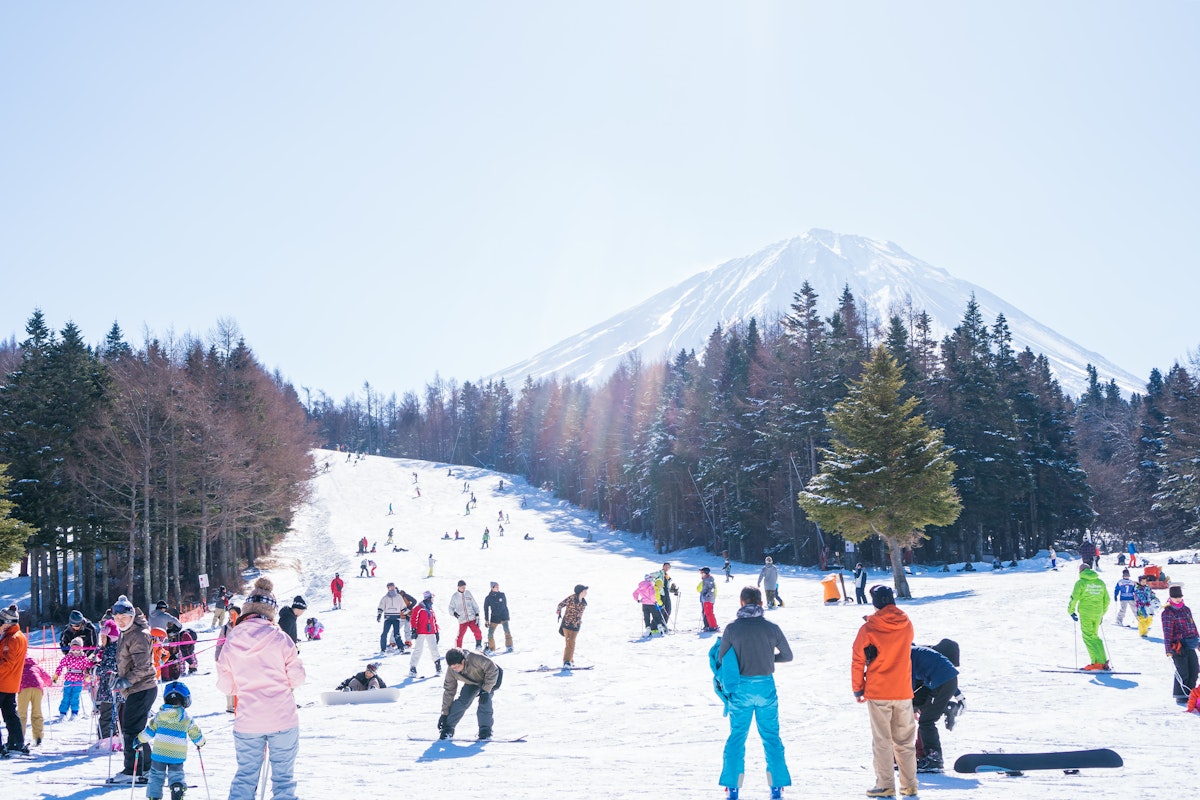
Kyoto, a city renowned for its historic temples, vibrant festivals, and stunning natural beauty, is a popular destination in Japan that attracts millions of tourists each year. Known for its humid subtropical climate, Kyoto offers visitors a distinct experience in each season, from the cherry blossoms in spring, the hot and humid summers, to the fall foliage in autumn. But have you ever wondered, "Does it snow in Kyoto?"
The answer is yes, it does snow in Kyoto. Although not as frequent as one might expect, the city experiences a transformation into a winter wonderland during the colder months from early December to late March.
The average low temperature can drop to around 1°C, creating an enchanting atmosphere that is vastly different from the warm, humid months Kyoto is often known for. In this article, we will delve deeper into the winter season in Kyoto, exploring everything from the frequency of snowfall to the top winter attractions to visit.
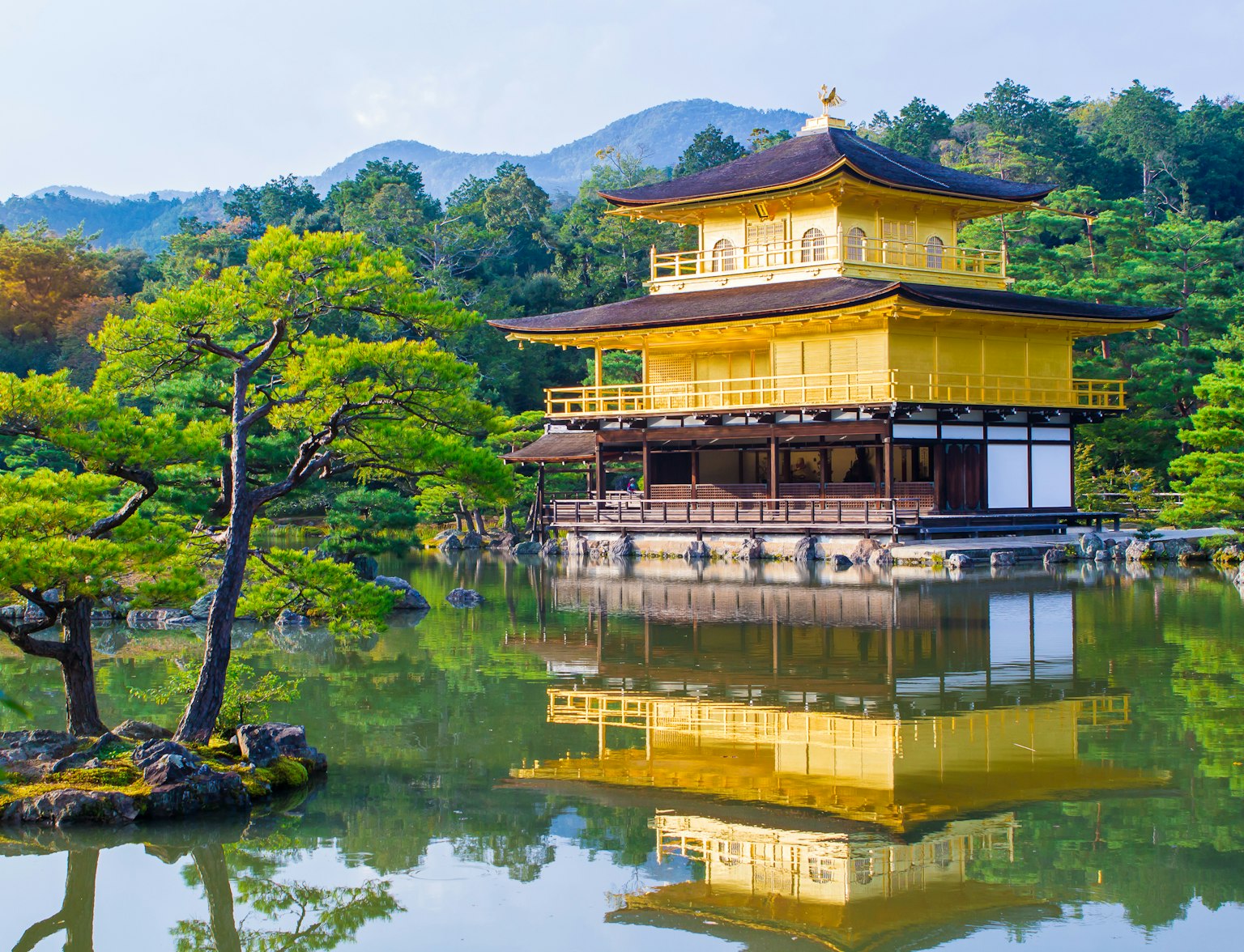
Discover Kyoto's hidden gems on a customized walking tour.
Must-Visit Winter Attractions in Kyoto
Winter in Kyoto is a magical time, transforming the city into a serene and picturesque wonderland. Snow adds an extra layer of charm to the city's historic temples, shrines, and natural landscapes, creating an unforgettable experience for visitors. Here are some must-visit winter attractions in Kyoto that should be on your itinerary.
Arashiyama Bamboo Grove in Winter
The Arashiyama Bamboo Grove is a natural spectacle at any time of the year, but it takes on a special beauty in winter. The tall bamboo stalks, covered in snow, create a striking contrast against the white landscape, making it a photographer's paradise.
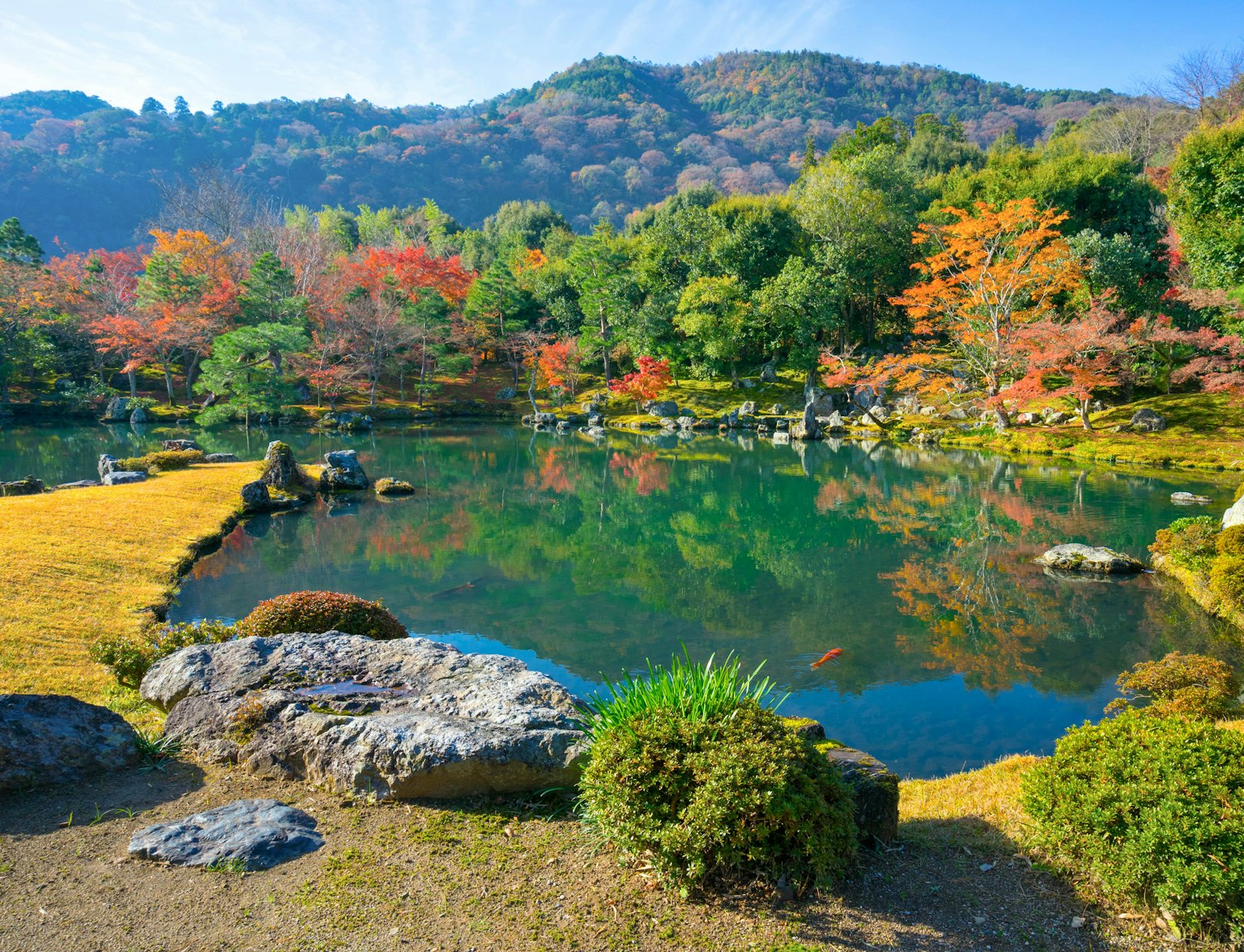
Immerse yourself in the ethereal beauty of Arashiyama on a private half-day tour from Kyoto.
Aside from the bamboo grove, the Arashiyama area has other attractions worth exploring. The Togetsukyo Bridge offers stunning views of the Hozu River and surrounding mountains, while the Tenryu-ji Temple, a UNESCO World Heritage Site, boasts a beautiful garden that looks particularly enchanting in winter.
Visiting Ski Resorts
Kyoto may not be renowned for its ski resorts, but it has easy access to some of the best skiing spots in Japan. Biwako Valley, located just an hour away from central Kyoto, offers thrilling downhill slopes with magnificent views of Lake Biwa. Further north, Hakuba Valley is a popular destination with several ski resorts catering to all levels of skiers. The snow conditions here are excellent, thanks to the area's frequent and heavy snowfall.

Whether you're a novice or an expert skier, these resorts provide all the amenities you need, including ski rental and lessons. After a day of skiing, you can relax in one of the many onsens (hot springs) in the area, providing a perfect end to your snowy adventure.
Kinkaku-ji: The Golden Pavilion in Snow
The Kinkaku-ji, or the Golden Pavilion, is one of Kyoto's most iconic landmarks. Its top two floors are completely covered in gold leaf, which sparkles beautifully against the white snow in winter. Built in 1397 as a retirement villa for Shogun Ashikaga Yoshimitsu, it was later converted into a Zen temple after his death.
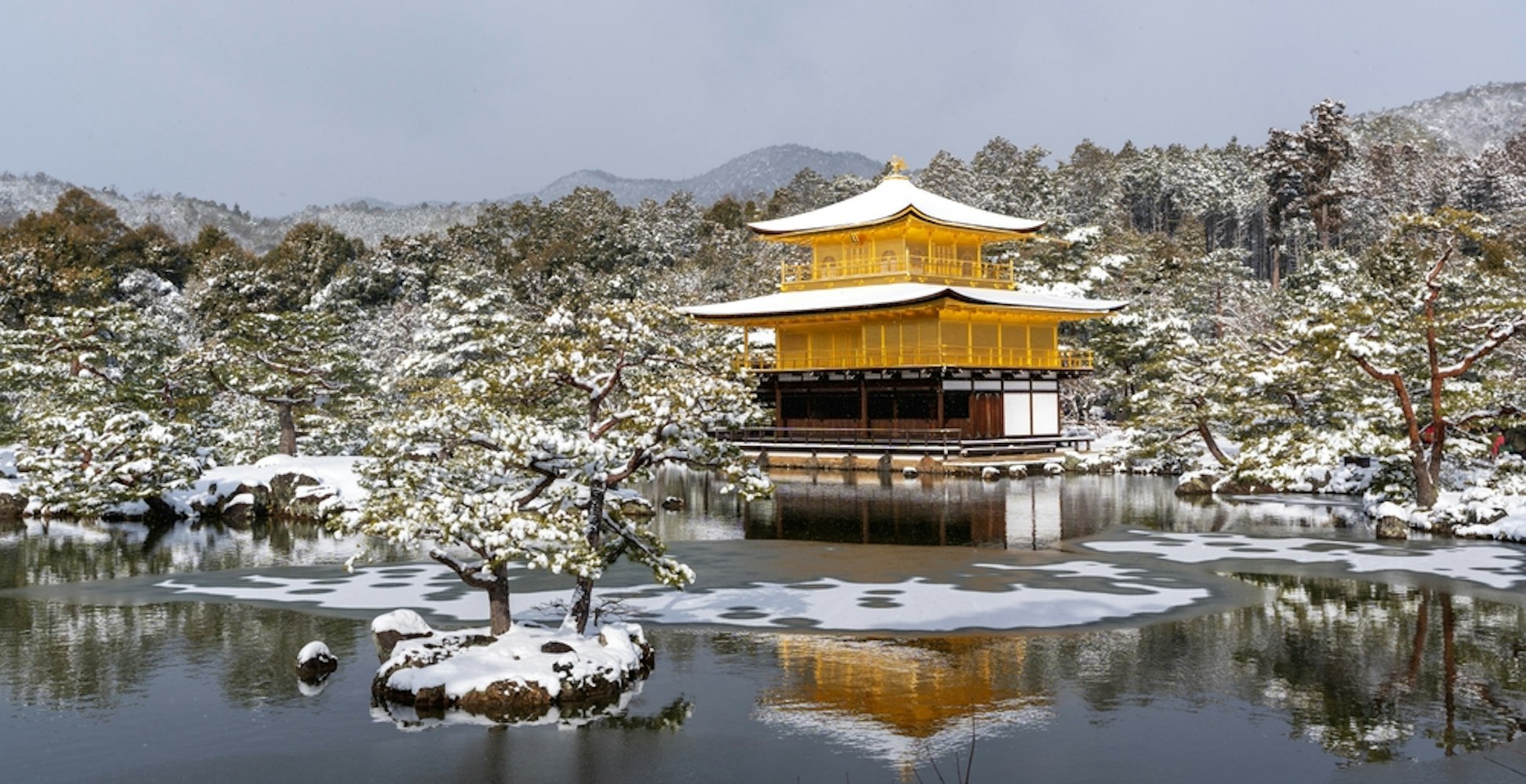
When visiting the Golden Pavilion in winter, arrive early to avoid crowds and capture the perfect photo. The pavilion is reflected in a pond, creating a mesmerizing mirror image — a sight that is even more breathtaking under a blanket of snow.
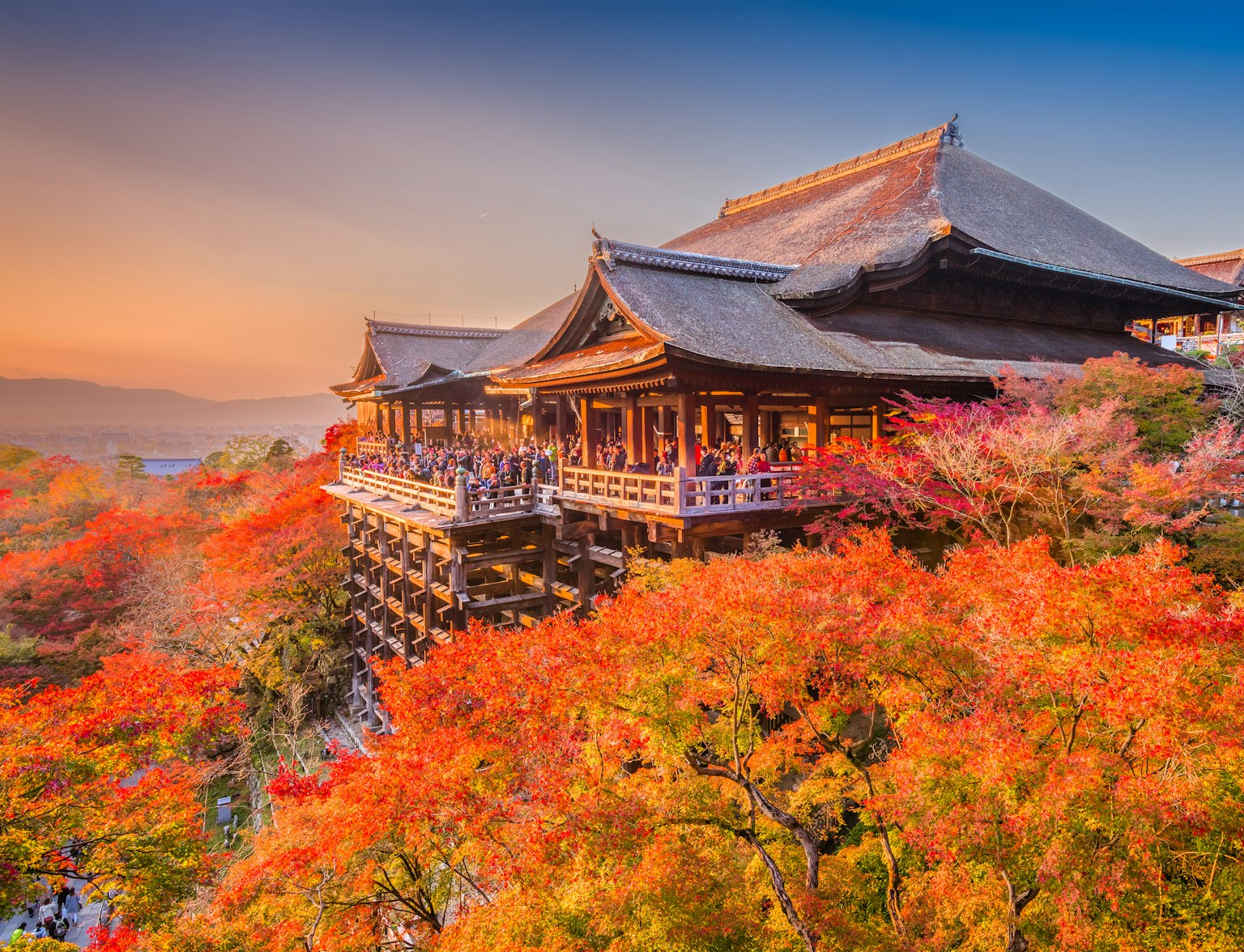
Visit Kinkaku-ji with a Hop-On Hop-Off bus.
Fushimi Inari Shrine: A Winter Wonderland
The Fushimi Inari Shrine is another must-visit attraction in Kyoto, especially in winter. This Shinto shrine is famous for its thousands of vermilion torii gates that create a path up the Inari Mountain. Each gate is donated by a Japanese business, as Inari is considered the patron of business and merchants.
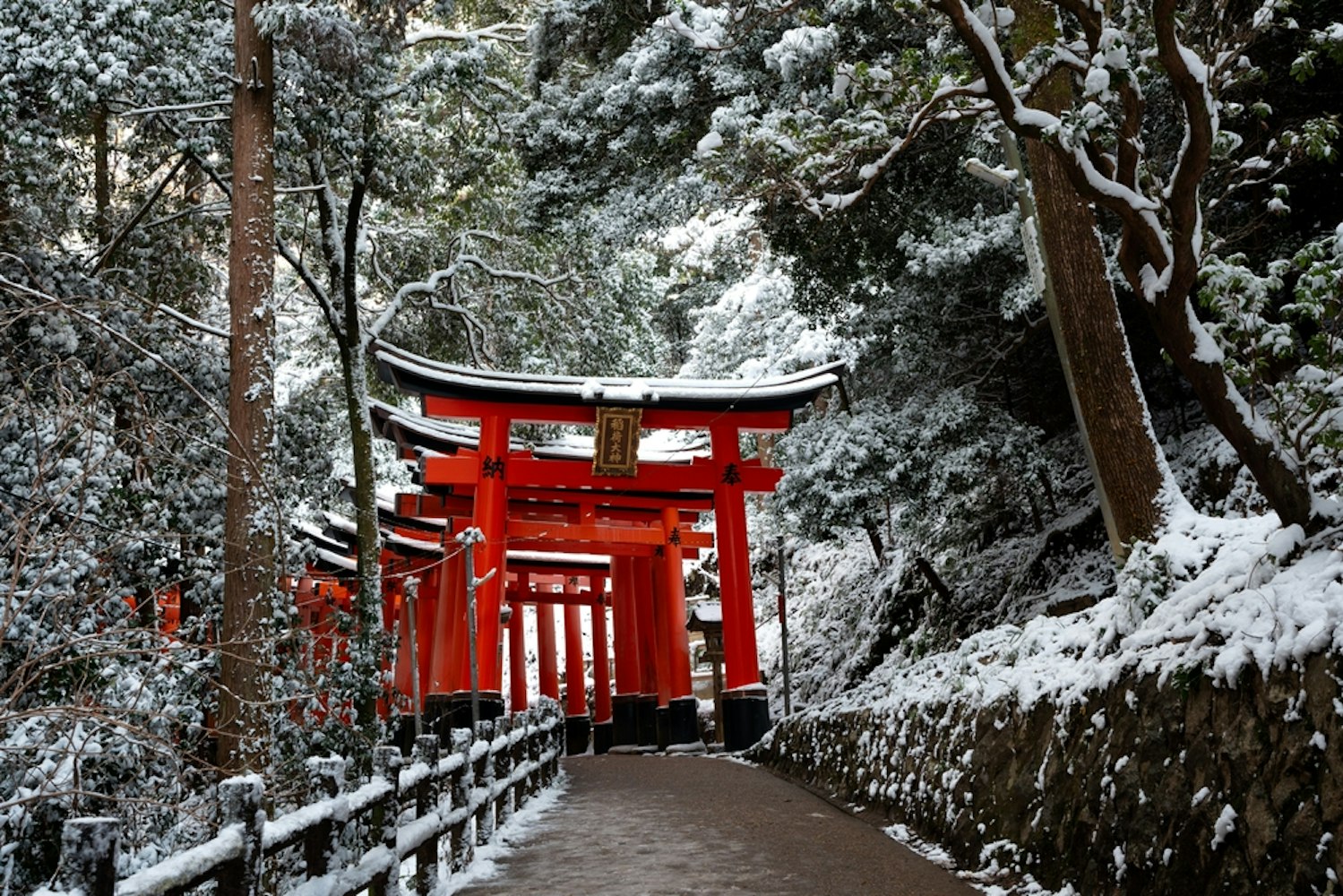
In winter, the snow-covered torii gates create an ethereal atmosphere, offering a unique and peaceful experience. The shrine is open 24 hours, so consider visiting early in the morning or late in the evening to avoid crowds and enjoy a tranquil walk through the snow-laden paths.
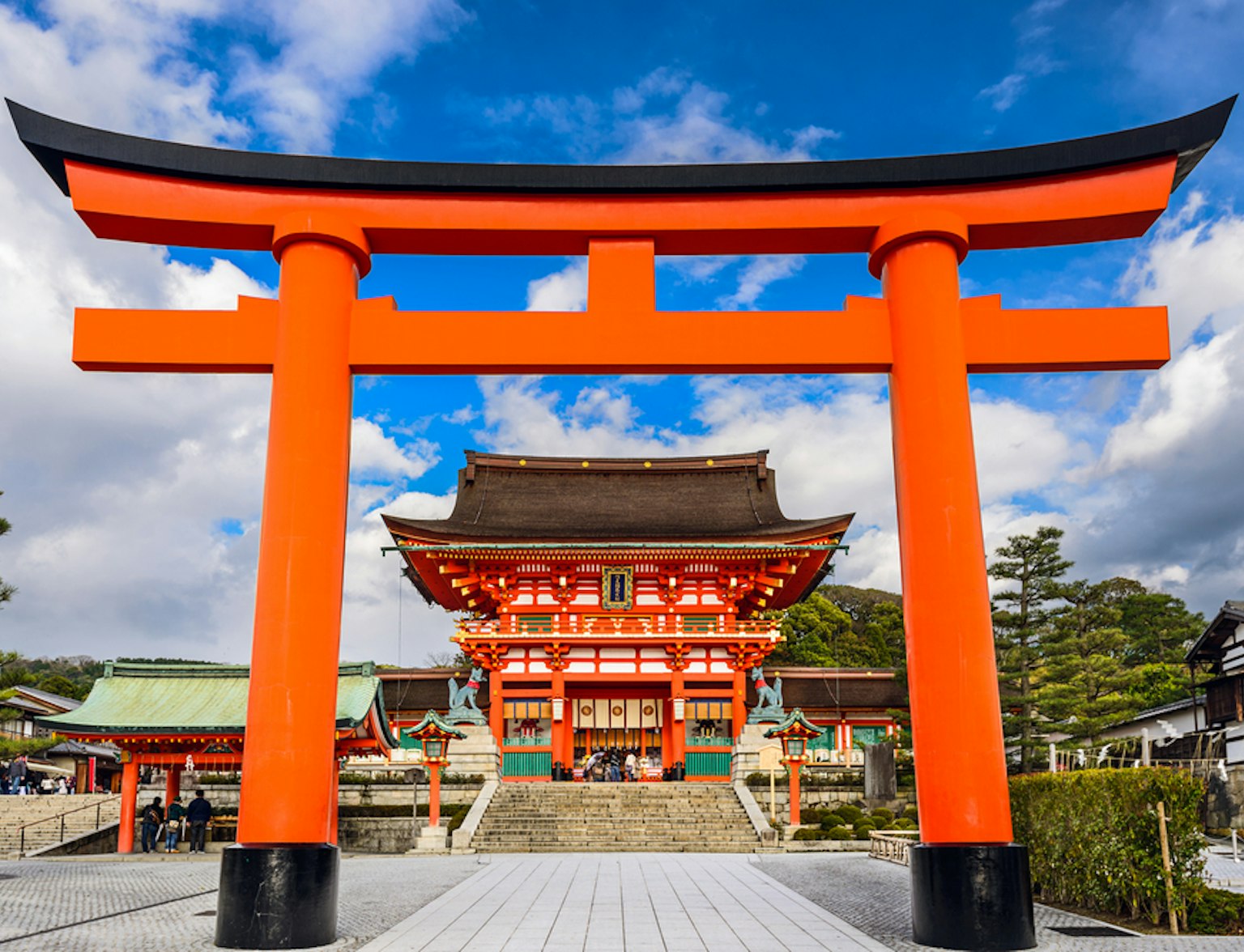
Visit this iconic shrine in Kyoto with this tour.
Kyoto’s Winter Festivals and Events
Winter in Kyoto is not just about snow-covered landscapes and historic sites. The city also hosts a variety of festivals and events that add to the charm of the season. From breathtaking illuminations to traditional New Year celebrations and scrumptious winter food specialties, Kyoto offers an array of experiences that highlight its rich culture and traditions.
Kyoto Illuminations: A Magical Experience
Kyoto's winter illuminations are a must-see event, transforming the city into a twinkling wonderland as night falls. These light-up events usually start in late November and continue until the end of December or early January. The Arashiyama Hanatouro is one such event, where thousands of lanterns light up the Bamboo Grove and surrounding temples, creating a magical atmosphere.
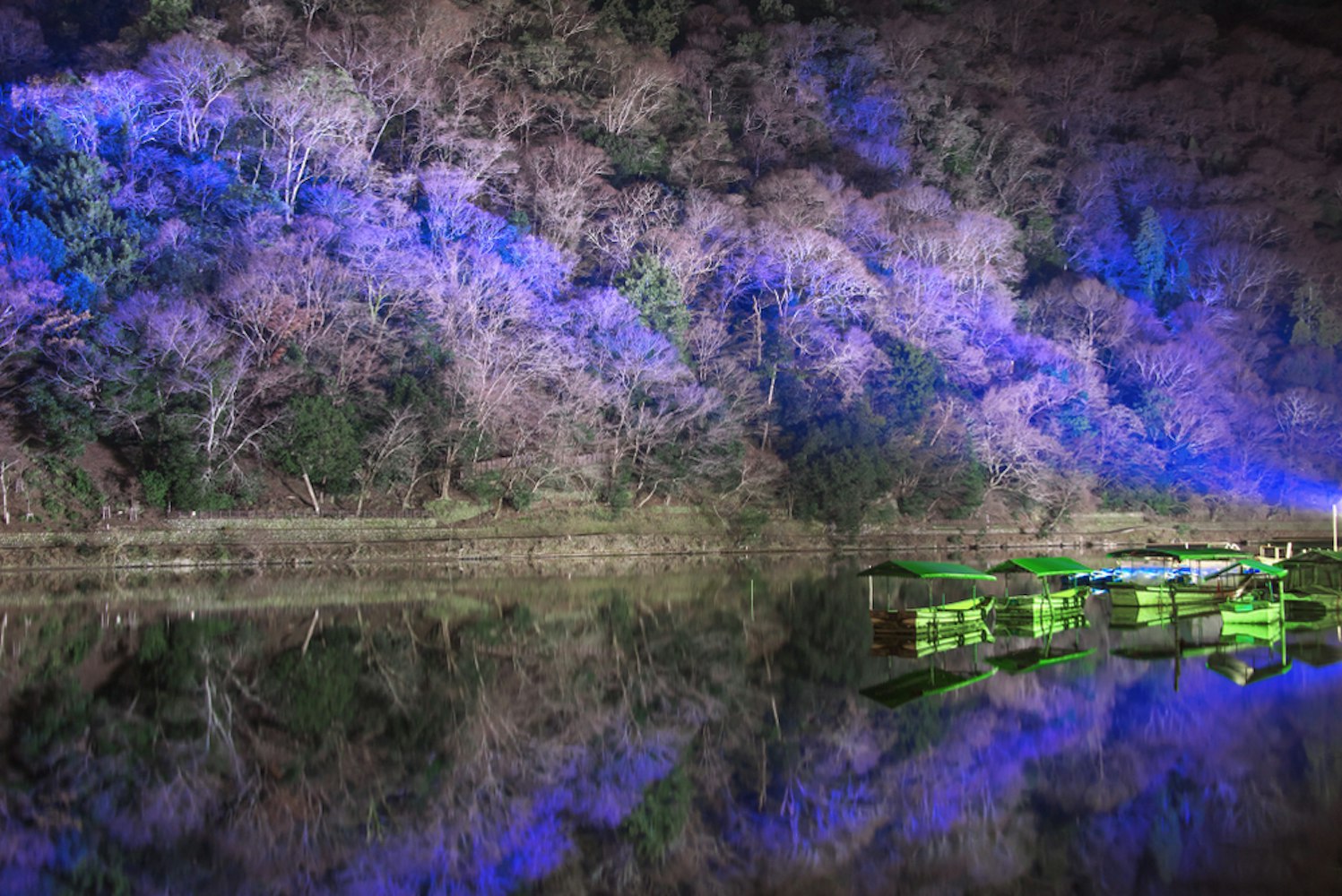
Another popular illumination event is the To-ji Temple illumination. Held in December, this event features the five-story pagoda, the tallest wooden tower in Japan, beautifully lit up against the winter night sky. These illuminations provide a unique way to experience Kyoto's cultural heritage, enhancing the beauty of its iconic landmarks.
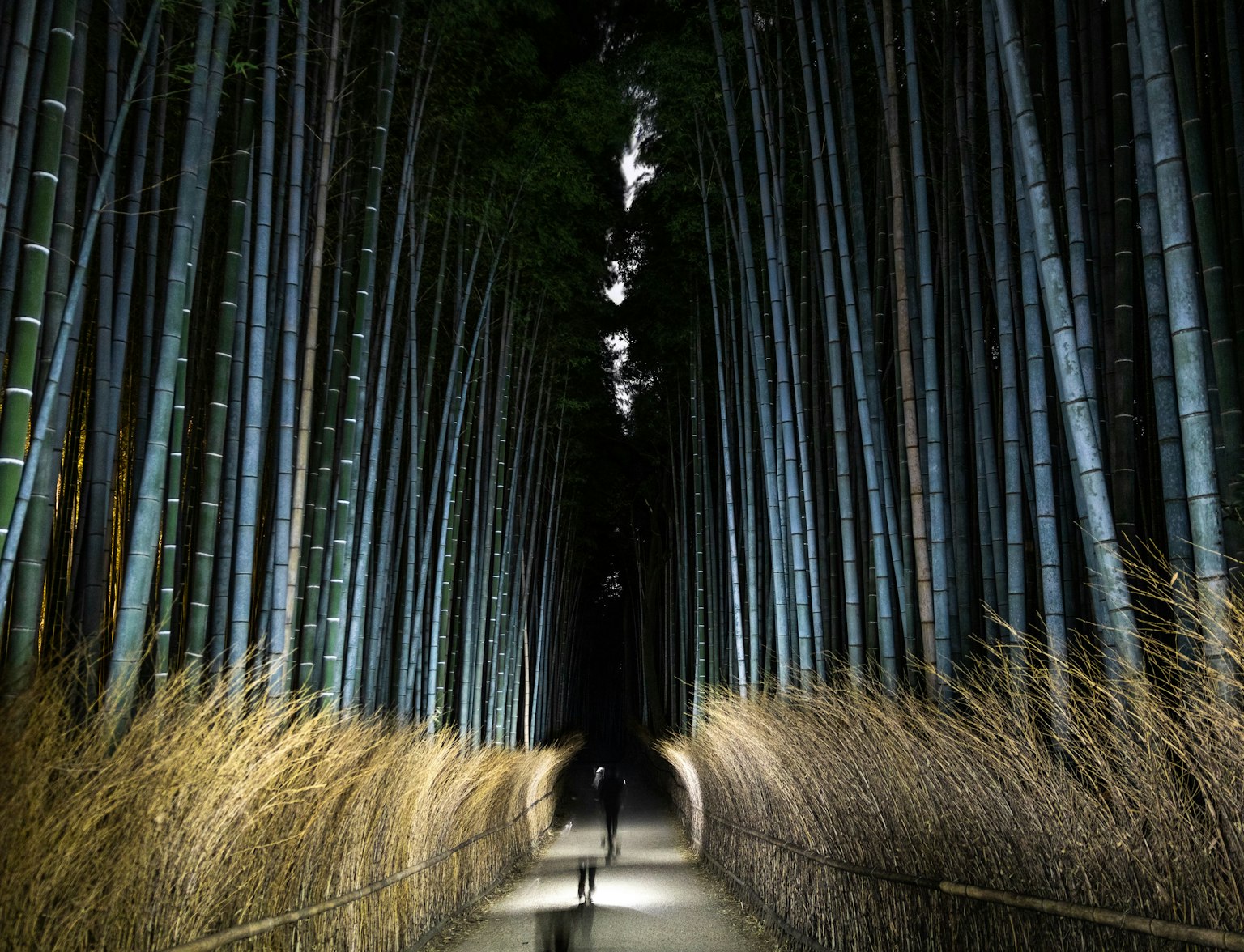
Experience the enigmatic allure of Arashiyama after dark!
New Year Celebrations in Kyoto
New Year, or "Shogatsu," is one of the most important holidays in Japan, and Kyoto offers a range of traditional celebrations. Many people visit temples and shrines for Hatsumode, the first shrine visit of the year. The Fushimi Inari Shrine, known for its thousands of vermilion torii gates, is a popular spot for this tradition.
Another significant event is the ringing of temple bells on New Year's Eve. Temples across Kyoto, including Chion-in and Nanzen-ji, ring their bells 108 times in a Buddhist tradition known as Joya-no-kane, symbolizing the cleansing of 108 worldly desires. These practices offer a deep insight into Japanese culture and traditions.
Winter Food Specialties in Kyoto
Kyoto's culinary scene is as rich as its cultural heritage, offering a variety of local dishes that are especially comforting in the winter. One such dish is Yudofu, a hot tofu dish typically served with a dipping sauce. It's a simple yet delicious dish that perfectly complements Kyoto's cold winters.
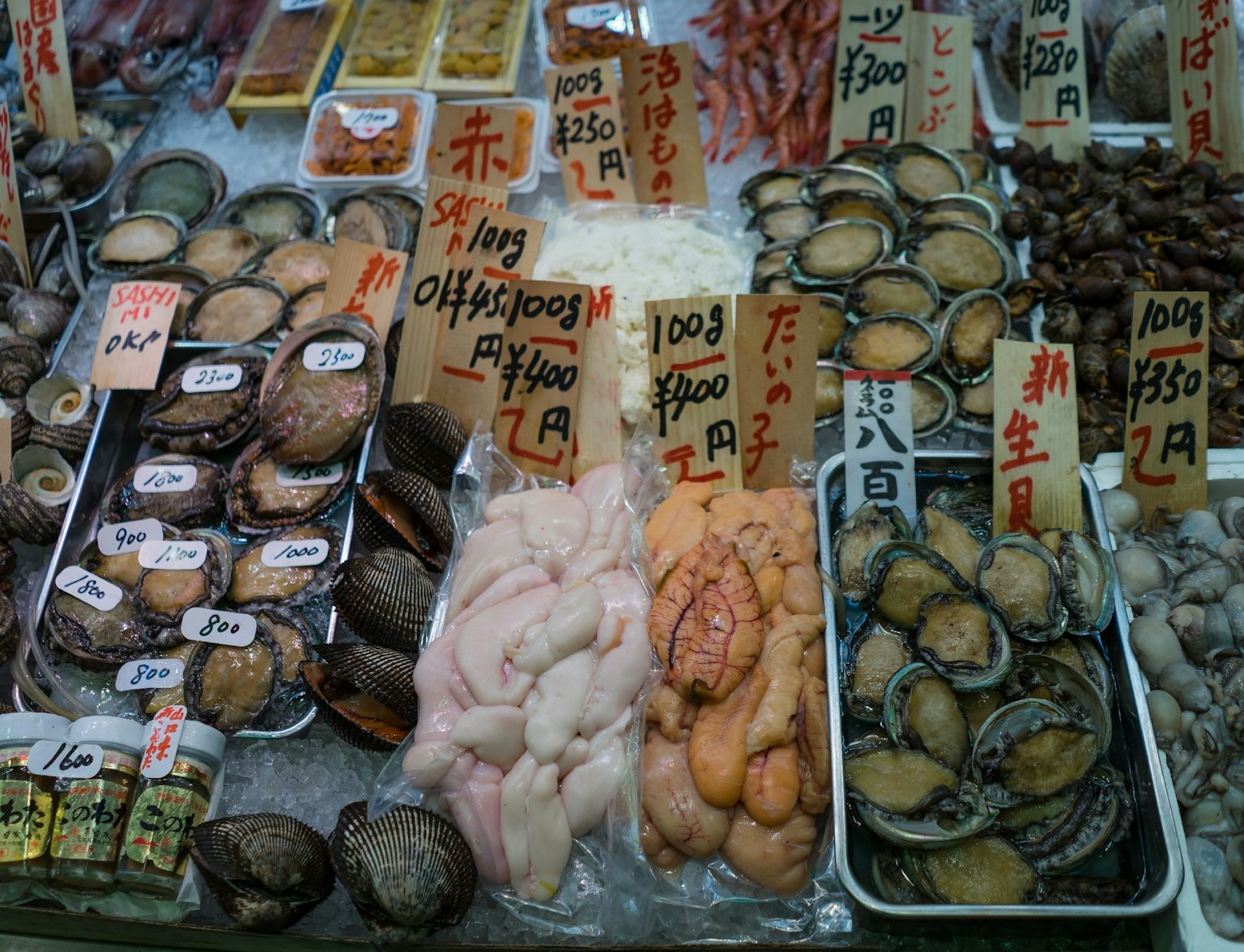
Discover the flavours of Kyoto with a guided walk through the historic Nishiki Market.
Another local favorite is Kyo-kaiseki, a traditional multi-course meal that showcases seasonal ingredients. In winter, expect ingredients like snow crab and mikan tangerines. You can enjoy Kyo-kaiseki at many traditional restaurants in Kyoto. These dishes not only warm you up but also provide a unique taste of Kyoto's seasonal cuisine.
Outdoor Activities in Kyoto's Winter
Winter season in kyoto offers a variety of outdoor activities that allow visitors to fully experience Kyoto's winter charm. From snow trekking in the mountains to relaxing hot spring retreats and photography tours, there's an abundance of experiences to be had in Kyoto during winter.
Snow Trekking in the Mountains
Kyoto's surrounding mountains provide excellent opportunities for snow trekking. One popular route is the hike up Mount Atago, the highest peak in the Atago Mountains. The trail offers stunning views of snow-covered landscapes and Kyoto city. Another option is the Daimonji-yama hike, which leads to a giant kanji character on the mountainside that is lit up during the Obon festival.
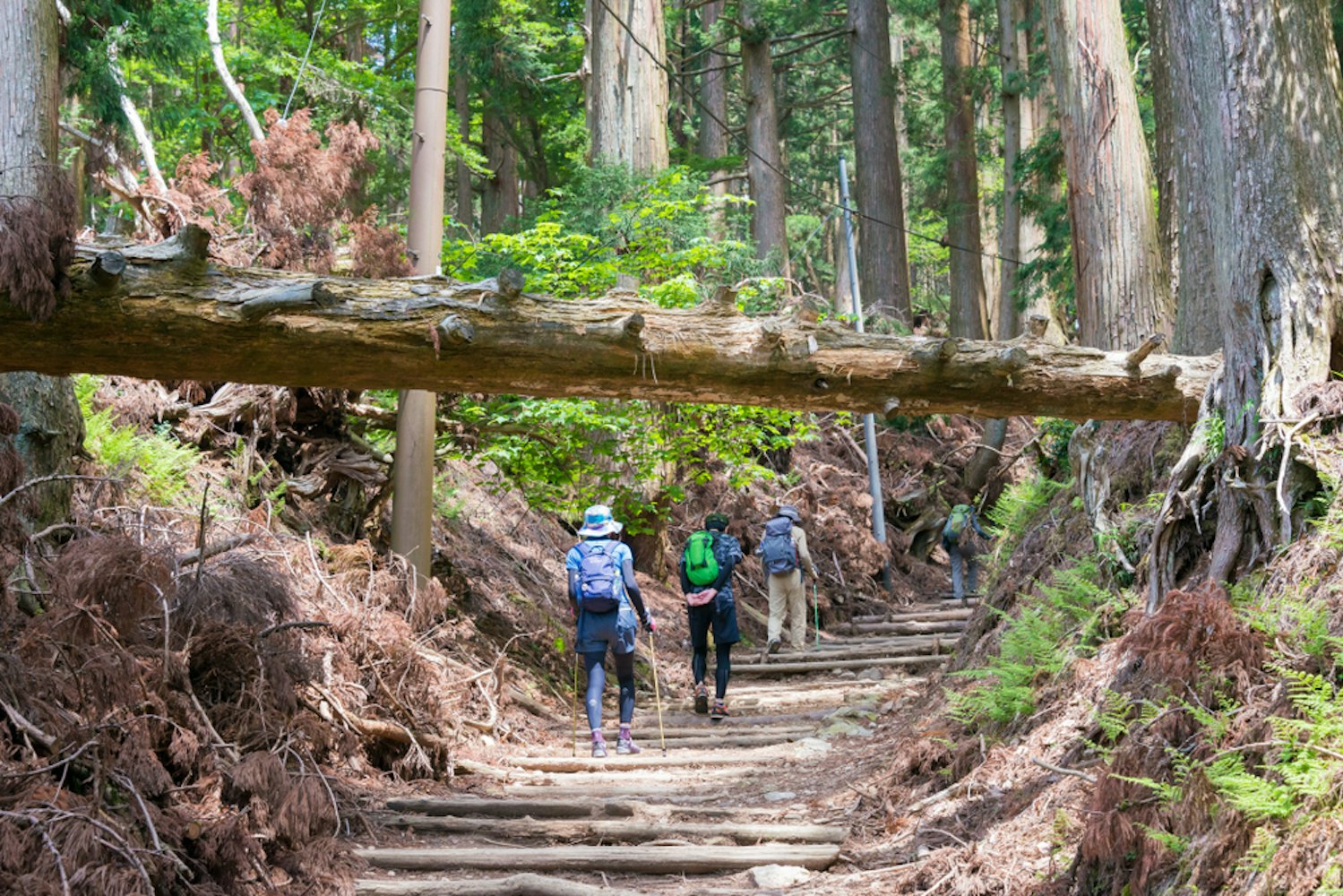
Safety is paramount when trekking in winter. Be sure to check the weather forecast, wear appropriate gear, and carry essential supplies. Consider hiring a local guide if you're unfamiliar with the trails. They can not only ensure your safety but also enrich your trekking experience with their knowledge of local flora and fauna.
Hot Spring Retreats Near Kyoto
After a day of exploring Kyoto's winter landscapes, nothing beats soaking in a hot spring, or onsen. Kurama Onsen, located in the mountains north of Kyoto, offers both indoor and outdoor baths. The outdoor bath, surrounded by snow in winter, provides a unique and relaxing experience.
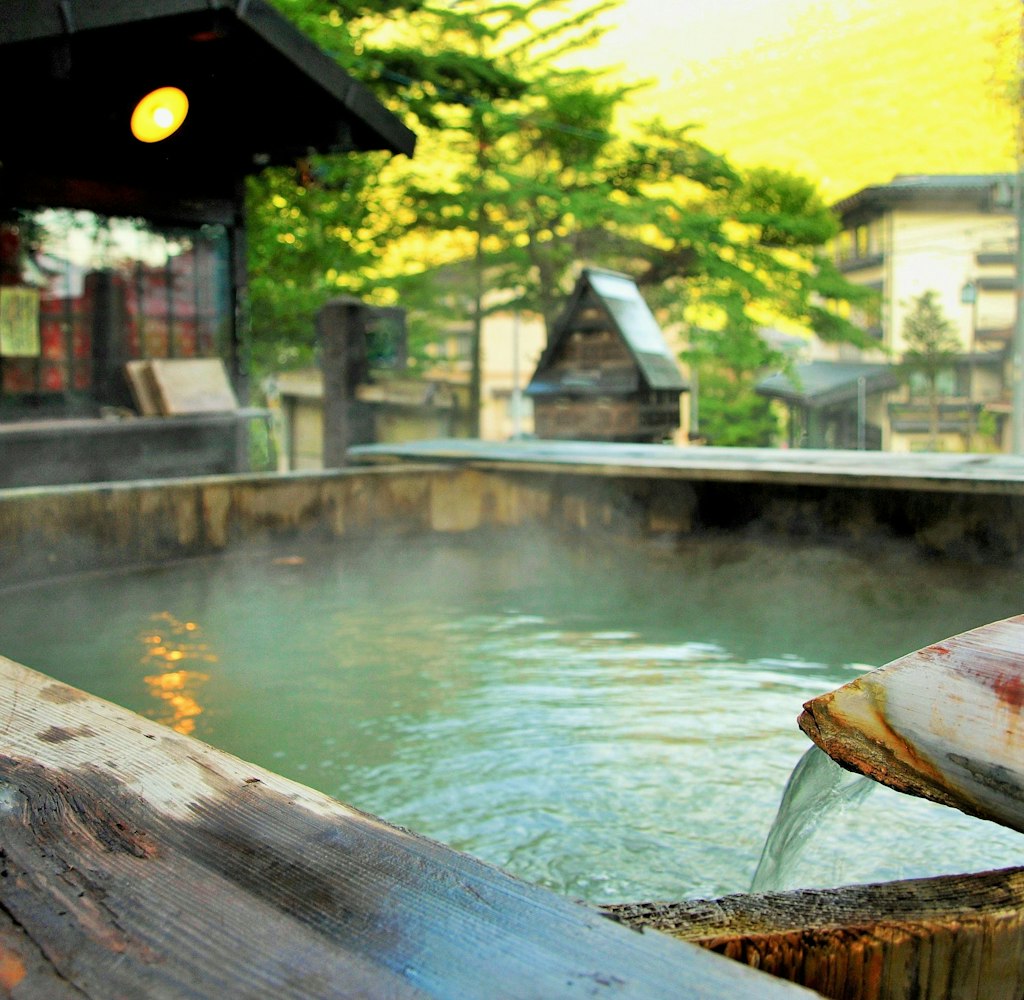
A little further from Kyoto, Kinosaki Onsen is a famous hot spring town known for its seven public bathhouses. Visitors can enjoy a leisurely stroll through the charming town, dressed in traditional yukata robes and geta sandals, hopping from one bathhouse to another. These onsens offer a perfect retreat from the cold, providing a warm and soothing end to your day.
Winter Photography Tours in Kyoto
Kyoto's winter beauty makes it a paradise for photographers. Several companies offer guided photography tours, taking you to the best spots to capture the city's scenic winter landscapes. These include iconic locations such as the Golden Pavilion, Arashiyama Bamboo Grove, and Fushimi Inari Shrine, all of which take on a special charm under a blanket of snow.
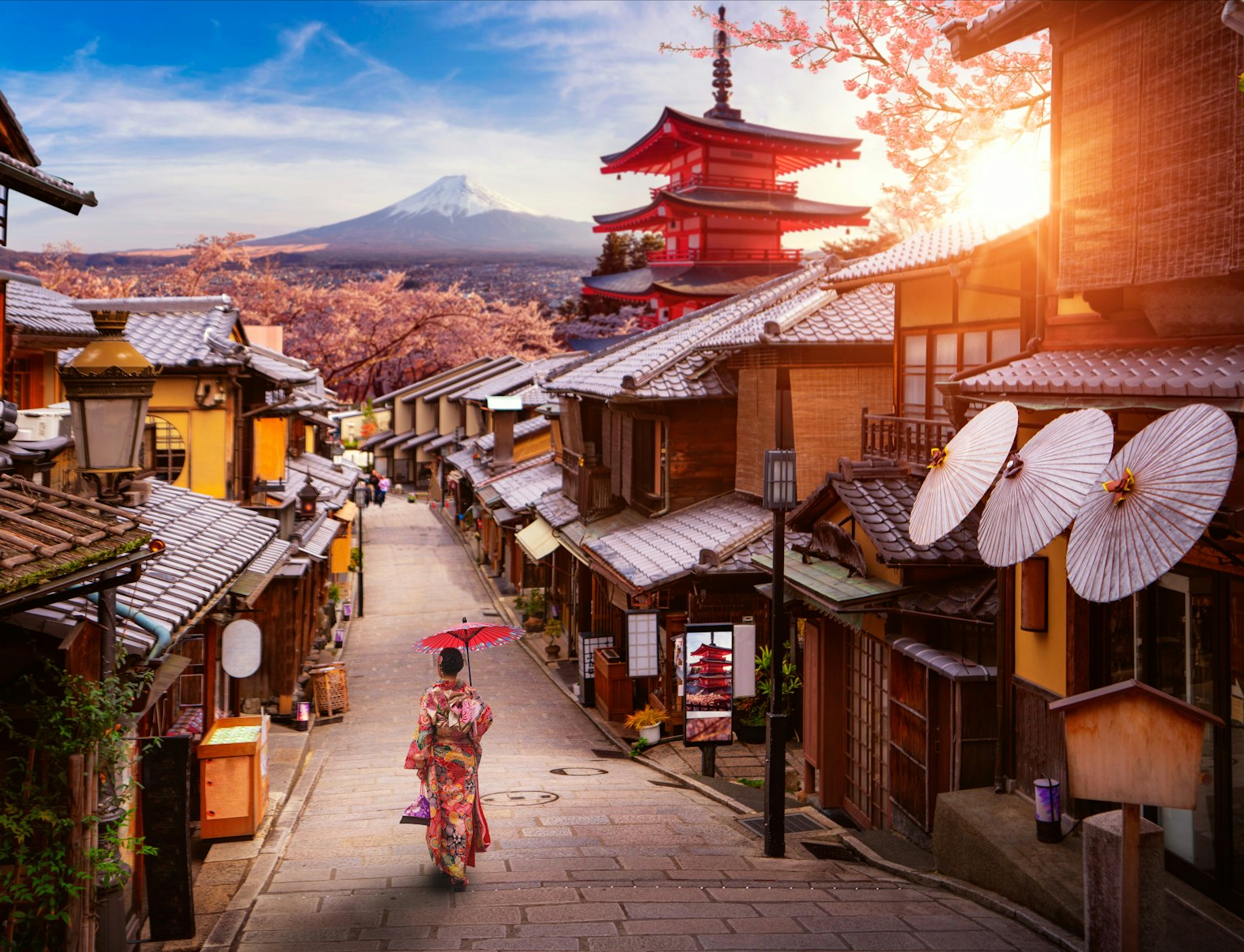
Embark on a full-day adventure in Kyoto with a Private Guide.
A guided tour can be particularly helpful for amateur photographers, as the guide can provide tips on capturing the best shots. They can also share interesting facts about the sites, adding more context to your photographs. Whether you're a professional photographer or a hobbyist, these tours offer a unique opportunity to capture Kyoto's winter beauty through your lens.
Practical Tips for Visiting Kyoto in Winter
Visiting Kyoto in winter can be a magical experience, but it's important to plan accordingly to make the most of your trip. Here are some practical tips to keep in mind:
Kyoto Weather: Kyoto's winter spans from December to February. The coldest month is typically January with cold temperatures often dropping below freezing at night. The city sees occasional rain during these months, so packing a waterproof jacket or umbrella would be wise.
Best Time to Visit: If you're hoping to enjoy snow, mid-January to early February is usually the best time. The northern part of the city and its surrounding mountains are popular destinations for those seeking snowy days. However, keep in mind that snowfall in the main city areas is rare and typically melts quickly.
Clothing: Dress in layers to adjust to the changing temperatures. Milder temperatures during the day can give way to chilly nights. Also, remember to pack warm clothing like thermal wear, scarves, gloves, and hats for colder days and nights.
Public Transportation: Public transportation, including buses and trains, operate as usual in winter, but services may be affected during heavy snowfall. Keep an eye on the weather forecast to plan your travel days accordingly.
Stay Hydrated: The air in Kyoto can be quite dry in winter, which is the driest month, so keep a water bottle handy and stay hydrated.
Unveiling Winter's Magic in Kyoto
In conclusion, Kyoto's winter allure is not just about the occasional snowfall that turns the city into a picturesque wonderland. It's also about the unique experiences that the season offers, from the serene beauty of snow-covered temples to the joy of winter festivities.
So, does it snow in Kyoto? Yes, it does. But more importantly, the city opens up a whole new world of attractions during winter that are worth exploring. So, don your warmest clothes and embark on a winter adventure in Kyoto that you will remember for a lifetime.
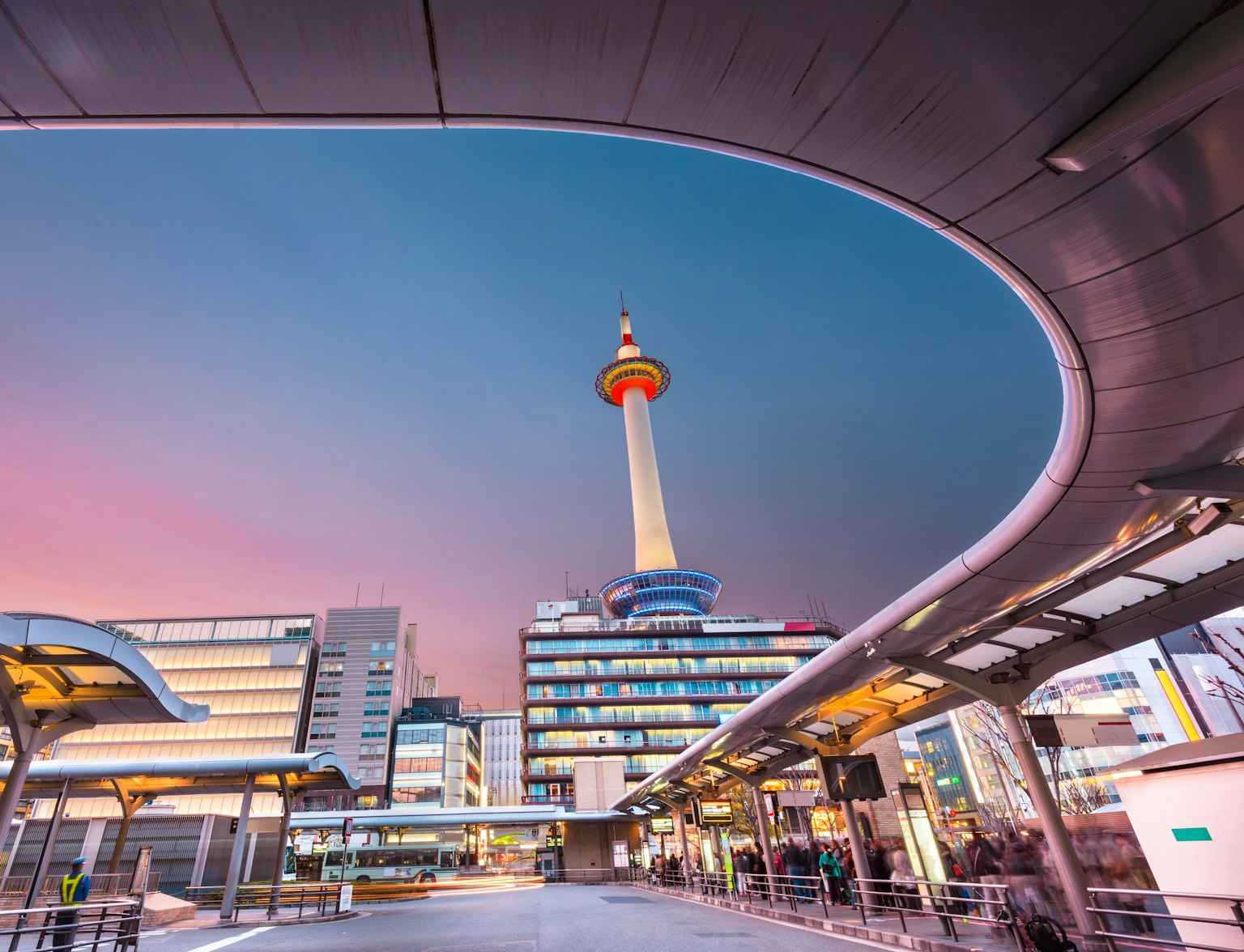
Discover panoramic vistas from Kyoto Tower's observation deck.



